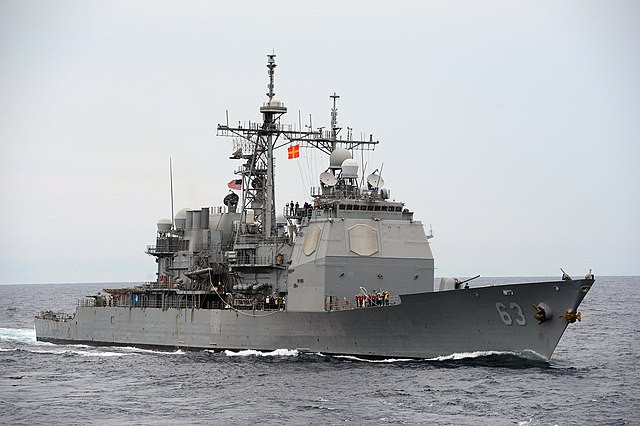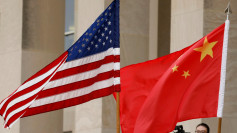As tensions in the South China Sea intensify, the long-standing territorial disputes between China and the Philippines are rapidly escalating into a broader geopolitical conflict that could potentially draw the United States into a military confrontation. The strategically vital region, rich in resources and a crucial global trade route, has become the latest flashpoint in U.S.-China relations, with both nations entangled in a high-stakes game of brinkmanship.
At the center of this brewing conflict are competing claims over various uninhabited reefs and shoals, particularly the Scarborough Shoal and the Second Thomas Shoal, which have become focal points for recent clashes between Chinese and Filipino forces. The Philippines, a key U.S. ally, has been increasingly assertive in defending its claims, bolstered by the United States' reaffirmation of its mutual defense treaty with Manila. This treaty obligates the U.S. to come to the Philippines' aid in the event of an attack, raising the stakes for all involved.
The most recent incident occurred earlier this month when two Chinese fighter jets reportedly dropped flares dangerously close to a Philippine military transport plane conducting a routine patrol over the Scarborough Shoal. The Philippine government described these actions as "dangerous and provocative," while China countered that the Philippine aircraft had illegally entered Chinese airspace. This marked a significant escalation, as it was the first time the Philippines had publicly complained about aerial provocations since President Ferdinand Marcos Jr. took office in 2022.
In response to these developments, the U.S. has condemned China's actions as "escalatory and irresponsible" and has reiterated its commitment to defend the Philippines. The situation has prompted concerns about a possible military confrontation in the South China Sea, a region through which one-third of global shipping passes and which is believed to hold vast oil and gas reserves.
The Scarborough Shoal and the Second Thomas Shoal, both located within the Philippines' exclusive economic zone (EEZ), are among the most contested areas. China has maintained a presence at Scarborough Shoal for over a decade, using its coast guard and fishing vessels to assert control. The Second Thomas Shoal, where the Philippines deliberately grounded a World War II-era warship, the Sierra Madre, to bolster its territorial claims, has seen repeated clashes, particularly over resupply missions to the small contingent of Filipino sailors stationed there.
The situation at the Second Thomas Shoal has been particularly tense, with the Philippines accusing China of using increasingly aggressive tactics, including water cannons and military-grade lasers, to block resupply efforts. China, in turn, views these actions as necessary to defend what it considers its territory and has recently implemented new rules allowing its coast guard to use lethal force in disputed waters.
In a recent development, China expressed its alarm over the U.S. military's deployment of a mid-range missile system to the Philippines, a move that Beijing has warned could destabilize the region. Philippine Foreign Secretary Enrique Manalo revealed that during talks with his Chinese counterpart, Wang Yi, in Laos, China expressed "very dramatic" concerns over the missile system, which was brought to the Philippines for joint military exercises. While Manalo attempted to reassure Beijing that the deployment was temporary, the incident underscores the growing unease in the region.
The deployment of U.S. military assets to the Philippines is part of a broader strategy to counter China's assertive actions in the South China Sea. The U.S. has also pledged $500 million in military aid to the Philippines, a move described as "unprecedented" by U.S. officials. However, this increased military presence has only heightened tensions, with China accusing the U.S. of "stirring up trouble" and endangering regional stability.
Despite the growing friction, both the U.S. and China seem keen to avoid a full-scale conflict, particularly as the U.S. is already heavily involved in supporting Ukraine against Russia and dealing with tensions in the Middle East. However, the situation remains precarious, with any miscalculation potentially leading to a wider conflict.
Philippine President Ferdinand Marcos Jr., who has strengthened ties with the U.S. compared to his predecessor, has downplayed the likelihood of direct U.S. involvement in any clashes between his country and China. Yet, the possibility of invoking the U.S.-Philippine mutual defense treaty remains a significant concern, especially if a Filipino fatality were to occur.





